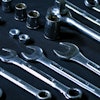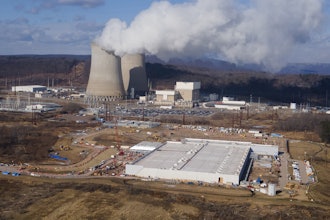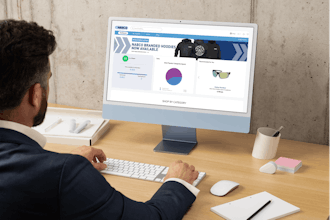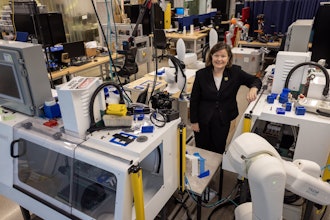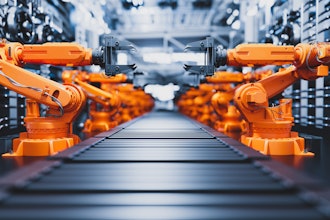As I talk with customers at our IFS industry councils and at other professional events, I find many manufacturers and industrial organizations are already using 3D printing. As a rule, they are using this technology in the research and development setting and for prototypes. 3D printers have traditionally rendered items in plastic, but now, a model is available for less than $1,500 that can render items of metal.
Among the industries that IFS serves, this presents immediate opportunities for make-to-order manufacturing and spares and repairs. The implications for spares and repairs inventory are obvious – rather than keeping safety stock on hand, parts could be printed as needed from a stock of materials. In the oil and gas industry, where space for parts inventory is limited, this is very attractive.
So how do you accommodate 3D printing from a business management standpoint within an enterprise resource planning (ERP) application? Here are a few insights.
- Part serialization will become more important than ever because 3D printing will bring new risks for intellectual property. Today, it is true that any competitor or other organization can reverse engineer one of your products. But with 3D printing, that product or part can be replicated much more rapidly since there is no need to develop tools, dies, fixtures, jigs, etc. There are a few implications to consider here. It will be difficult to determine whether you are purchasing genuine replacement parts for industrial equipment. And equipment manufacturers may have a harder time determining equipment they have sold to customers uses genuine parts and is therefore under warranty or not. So the type of serialization functionality normally associated with highly-regulated industries like aerospace and defense and medical devices may be attractive to industry at large.
- Parts like this may soon be commonly produced using 3D printing.All manufacturers using 3D printing will need process manufacturing software in their ERP application. 3D printing constitutes process manufacturing. You are taking specific alloys or materials and combining them through a process that may involve heat or other chemical reactions in order to create something new. So even if you think of yourself as a discrete manufacturer, you will become a process manufacturer as well if you engage in 3D printing.
- It will be more important than ever to maintain records of the chemical components and constituents that each SKU or part is made of. And while inventory for spare parts may be reduced, an enterprise application will need sufficient forecasting functionality to determine the amount of raw materials will be consumed over a given period, and how much usage the 3D printer will receive.
- The 3D printer will need to be set up as a workstation in ERP, with elements of enterprise asset management (EAM) present to ensure consistent maintenance has been performed on it. You will also need to be able to facilitate regular quality checks of parts produced so you can determine that they conform to specifications and functional requirements.
Just like any new technology that gains traction in business, 3D printers will impact more parts of the business. The above are just a few thoughts on some of the changes 3D printing could bring. What are your thoughts?


